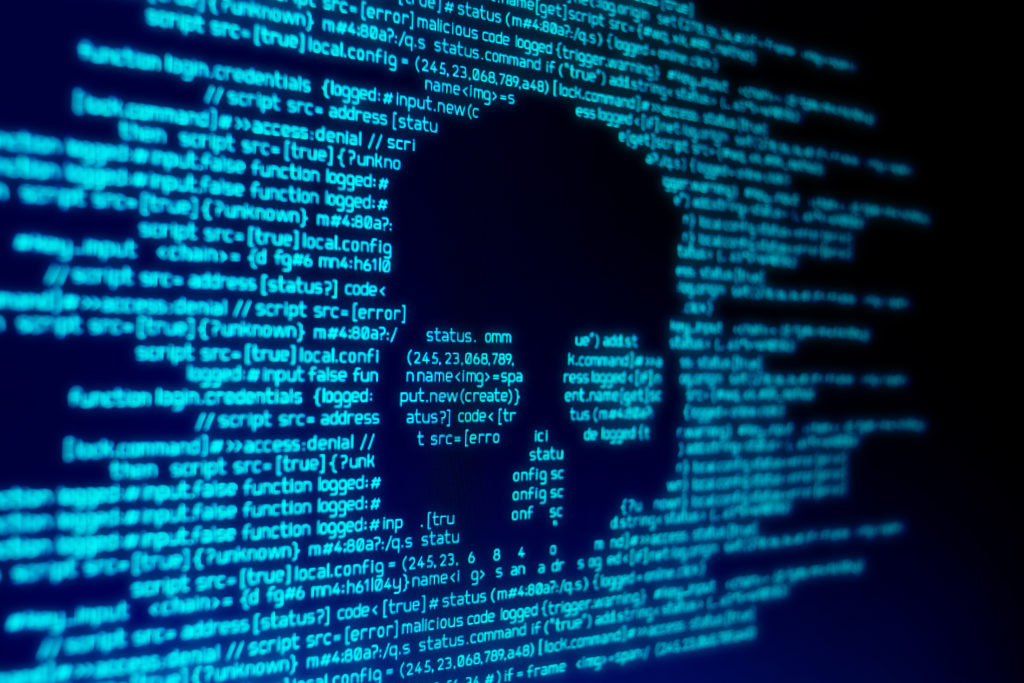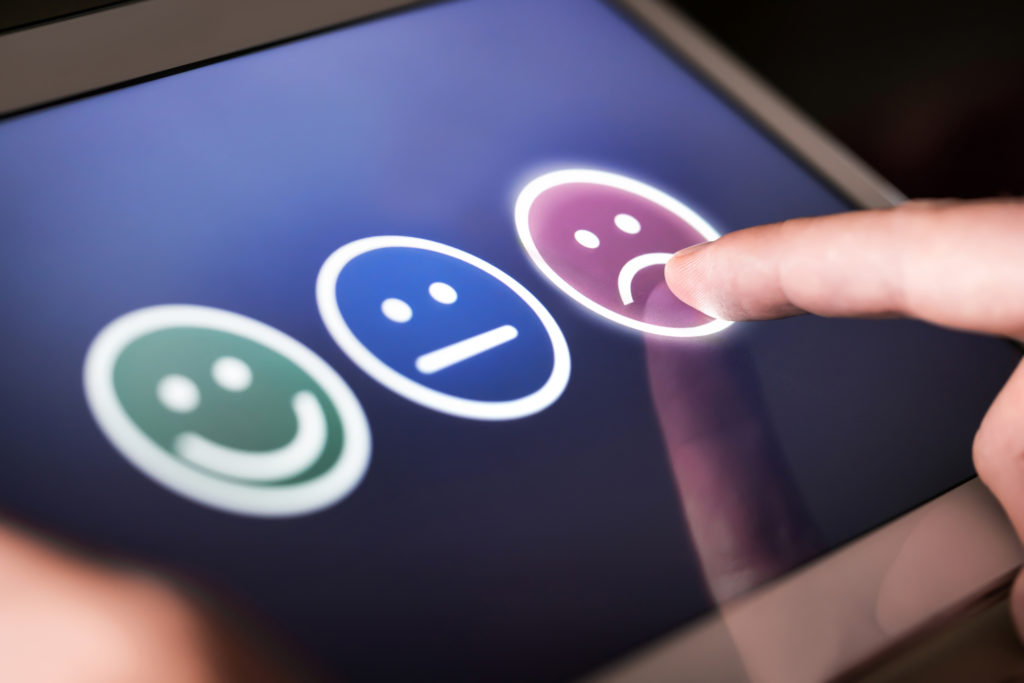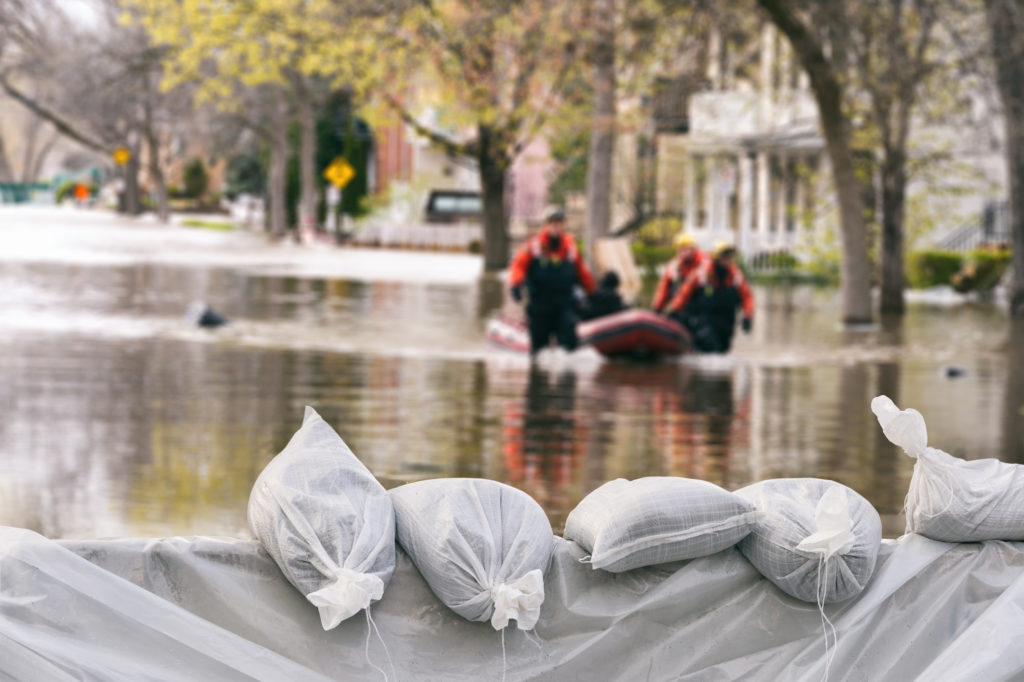Media Training Report 7: 100 Types of Crises (and Ways to Counter Them)

Catastrophe. Calamity. Disaster. Plight. Dilemma. Mess. Jam. Pickle.
Whatever you call it, and however dire the straits, a crisis is a moment in time that needs immediate attention and reaction. It is an event, precipitated by a specific incident, that attracts critical media attention and lasts for a definite period of time.
In that time, decisions must be made and made quickly. Resources deployed. Reassurances delivered. Sympathy shared. Wrongdoing or ill-advised decisions recognized and addressed. Order restored.
Crisis vs. Bad Press
What makes a crisis different from a bout of bad press is the degree of public reaction. When public safety, trust, or well-being has been put at significant risk or the response seems too cavalier for the fallout, the public can quickly react with condemnation, criticism, and enduring contempt.
You may not be able to predict public response, but you can put a plan in place to counter a crisis. When you effectively deal with trouble and distress, you cut the risk of subsequent setbacks, such as an enduring knock to your or your company’s reputation.
In this report, we offer 100 types of crises, ranging from natural and unnatural disasters to ill-conceived (or ill-received) policies and malfeasance. We hope you use these as a guide to determine potential crisis scenarios that could affect your organization. As you read through the list, put a checkmark next to the crises that are most likely to affect your organization. At the end of this post, we’ll offer some tips on how to develop a plan for your crisis response.
100 Ways to Get in Trouble
Natural Disasters
- Hurricane/Cyclone/Typhoon/Tropical Storm
- Blizzard
- Out-of-control wildfire
- Fatal earthquake
- Tsunami
- Drought
- Flash floods
- Insect/animal plague
- Heat wave/high temperatures
- Extended freeze
- Volcanic eruption
- Landslide

Unnatural Disasters
- Plane crash
- Hazardous chemical spill
- Maritime disaster (disease outbreak, pirate attack, accident, passengers stranded)
- Toxic gas leak
- Explosion at a plant
- Nuclear accident/radiation leak
- Terrorist attack
- Mass shooting
- Fatal mass transit accident
- Bomb threat
- Mining accident
- Widespread power outage
- Infectious disease outbreak
- Missing child/employee
- Riots/social unrest
- Failure to do necessary upkeep and repairs to public facilities/utilities/services
- Deadly structure fire
- Building/structure collapse (i.e. faulty construction)
Product Crises
- Dangerous or defective product
- External product tampering
- Product recall
- Contaminated food
- Product cast in bad light by unfounded claims/hoaxes/misuse/misrepresentation
- Consumer boycotts
- Videos/images of unsafe or unsanitary work conditions, food preparation
- Misconstrued product launch
- Product manipulation for market share gain
Policy Crises
- Unpopular change to policy, procedure, fee
- Unpopular stance on social or cultural movement
- Controversial comments on political issue
- Advertising/marketing campaign sparks criticism
- Hashtag hijacking
- Public outcry over business partnerships with authoritarian, criminal, or corrupt regimes
- Lack of transparency
- Delay in addressing deaths/injuries caused by product use or consumption
- Delay in addressing emotional/physical impact employee’s illegal or inappropriate behavior and action had on others
- Secondary crisis based on mishandling of first crisis

Process Crises
- Failure to deliver product, services, menu items, in a timely manner
- Incompetent customer service
- Slow order fulfillment
- Data breach/Cyber attack
- Human error that leads to unnecessary fear
- Service outage (streaming, cable, WiFi, etc.)
- Computer software glitch
- Unfounded rumor blows up on social media
- Bankruptcy/financial crisis
- Regulatory investigation
- “Guilty by association” – similar vendor or a distributor experiences a crisis
- Defendant in high-profile lawsuit
- Botched investigation
- Employee error that leads to breach in public safety
- Breach in following operational or internal controls
Employee Crises
- Layoffs
- Sexual harassment
- Failure to do due diligence for high-profile hire (forged resume, inflated skills/abilities) that has potential to affect public safety, health, financial security, etc.
- Discrimination based on race, ethnicity, marital status, gender, age, or political views
- Illegal labor practices
- Labor strike
- Mishandling of employee retirement/pensions
- Dangerous working conditions
- Hostage situation
- Workplace violence
- CEO/employee pay disparity
Personal Crises
- Sexual improprieties of executives, board members, employees
- Unethical comments or actions among key players
- Conflicts of interest
- Questionable behavior or decision making
- Celebrity endorser/influencer behaves badly or publicly offers an inappropriate comment
- CEO sticks their foot in their mouth
- Solicitation of illegal services, products
- Moral transgression
- Having knowledge of an immoral, unethical, illegal practice or act and allowing it to continue
- Hypocrisy – failing to practice what you preach
Wrongdoing
- Embezzlement
- Fraudulent financial reporting
- Bribery
- Leak of financial or other sensitive information
- Improper use of donations/contributions
- Institutional or executive coverup
- Burying or minimizing the potential risks of a product
- Negligence that leads to critical injuries, death (nursing home, hospital, etc.)
- Arrest of top executive, board member, or employee
- Negligent supervision of a minor (leaving a kid in a bus, college failing to follow up with student)
- Negligent care of animals
- False accusation
- Employee acting violently or being verbally abusive toward customer (caught on video gone viral)
- Unauthorized tapping into customers’ data/digital activity
- Shady deals
- Intentional act (such as illegal dumping, improper disposal) that damages or causes a risk to the environment.
Identifying Crises
While every crisis is unique to each organization, agency, institution, or corporation, the types of crises they encounter are predictable. Advanced preparation is possible.
Just as pilots might use flight simulators to train for emergency situations, organizations can undertake risk assessments in preparation of a crisis.
Assessing Risk
 The thing about risk assessment is that it is an exercise with scenarios you’d rather not think about. Who really wants to imagine that front-line workers or executives will act badly or illegally, that an accident will lead to injuries or death, or that a well-intentioned marketing campaign will be met with intense public criticism?
The thing about risk assessment is that it is an exercise with scenarios you’d rather not think about. Who really wants to imagine that front-line workers or executives will act badly or illegally, that an accident will lead to injuries or death, or that a well-intentioned marketing campaign will be met with intense public criticism?
It’s simply bad policy, however, not to engage in risk assessment. Today’s social media platforms can quickly and easily add fuel to any fire. Outrage, anger, and criticism quickly spreads. It takes a concentrated, careful and considerate response to tamp down the flames on social media and provide the needed information and responses to help shape the narrative being played out on traditional media.
It’s no small task, but it starts by listing five crises that are most likely to occur and most likely to inflict potential damage to your organization, its reputation, its financials, its longevity, etc.
Potential Scenarios
We’ll start you off on your exercise with five hypothetical scenarios of our own:
- A federal agency practices its response to public outrage when there is a delay in supplies following a destructive and deadly hurricane.
- A transit agency prepares for the possibility that human error results in a major and fatal train accident.
- A food producer anticipates steps needed to address the discovery of dangerous or contaminated product already on store shelves.
- A sportswear manufacturer predicts the public backlash when a celebrity endorser is accused of misdeeds or wrongdoing.
- A school district prepares for the possibility that a teacher is accused of selling drugs and having an affair with a student.
Next Steps
There are several existing and excellent resources that cover the ins and outs of crisis communication.
These books focus on ways companies and agencies can contain crises and prevent them from becoming larger indictments of how they do business or treat their customers and clients.
These resources include Jane Jordan-Meier’s The Four Stages of Highly Effective Crisis Management, crisis communication professional Melissa Agnes’ Crisis Ready: Building an Invincible Brand, Eric Dezenhall and John Weber’s Damage Control: The Essential Lessons of Crisis Management, and W. Timothy Coombs and Sherry J. Holladay’s The Handbook of Crisis Communication.
Before we leave you, however, we want to offer some proactive tips and strategies that apply to most crises, as well as some tried-and-true advice. First the advice:
- In times of crisis, the media are rarely far behind. Given today’s digital possibilities, the media – whether traditional (newspapers, magazines, televised news programs) or relatively new (social media) – often know about it first.
- Companies and institutions that handle a crisis successfully can often avoid incurring irrevocable, long-term damage.
- Don’t lose sight of the victims – ever. Your response, your words, your concern – all should be delivered with an eye toward how the public and the family and friends of the victims will see your comments.
Ways to Minimize a Crisis
Have a Plan
Well before crisis strikes, you have the opportunity to get the various moving parts of your organization ready for it. The expectations for the corporate or institutional response goes beyond spokespersons, the CEO, other executives, or subject matter experts. Here are some questions to ask:
- Have you developed a crisis plan your communications team will follow?
- Have you made sure all your employees – from your security guards and receptionist to your CEO – knows the drill when reporters come knocking or social media blows up with criticism or outrage?
- Do employees know what is expected of them when it comes to discussing or providing information about the crisis on social media platforms?
- Have you developed statements that require little vetting or time for approval to get out ahead of the disaster?
- Did you assess how similar companies, organizations, or industries have responded to crises? Have you adopted their best practices, as well as identified where they got it wrong?

Know Your Audience
In times of trouble, we lean on our friends, right?
Well before a crisis you should be monitoring your social media channels to get a sense of your followers and audience. Here are some questions to ask:
- What do they like about your product or service?
- What are the predominant attitudes or values expressed through their posts?
- Was there a trigger that set them off in the past?
As vaccines train the immune system to prepare for much more concentrated and dangerous attacks, if you have deftly navigated a minor skirmish with customer expectation, that may give you valuable clues as to what a larger-scale reaction looks like.
You also should know where you can find your audience. Perhaps they are not avid social media users, which would mean you need to concentrate resources to traditional media during a crisis (although social media reactions often get reported on by the traditional press, and vice versa).
Know Thyself
In times of chaos and confusion, having a moral compass can provide a solid anchor, as well as point you in the effective and ethical direction you must take. In other words, if everyone on the crisis team is well aware of your organization’s or company’s mission and the values it stands for, every member can channel responses and decisions through that filter.
This goes beyond your crisis team. Do your employees know what is expected of them in terms of values and their interaction with the public – crisis or no crisis?
Conduct a Stress Test
Schedule real-time and true-to-life drills that test the scenarios you have developed. Here are some guidelines:
- Practice more than once
- Assign people to take on the roles of reporters and spokespeople
- Analyze, evaluate, and learn from each drill
Here are some questions to ask:
- Did we effectively monitor social media? Did we respond at the right time? Jump the gun too soon? Wait too long?
- Was having a point person for reporters and editors effective? Should we have had multiple spokespeople? Were we missing the CEO’s voice? Did the top executive jump in too early?
- Were we timely in getting the media what they needed when they needed it? Did our response limit or keep rumors and false information out of the narrative?
- Did our messages speak to the crisis at hand, but also reflect and align with our cultural identity, mission, and the way the public views us?
- Were we compassionate, authentic, and proactive?

The Long-term Prognosis?
Few people would think it a wise decision to leave a patient with a life-threatening injury unattended in the emergency room. The optics, as they say, would be rather horrific in terms of the competency and care of that medical facility. Not only is the patient being denied a speedy response that could prevent more long-lasting and enduring problems, but it leaves the facility open for a whole other headache – the ire, disgust, and distrust of the public (not to mention expensive litigation).
When a crisis is handled efficiently, effectively, and, ultimately, with compassion – when the public feels the company and its spokespersons “get it” and have taken the proper care to address the issue – the road to recovery can be a bit easier, and any lasting affect is often mitigated.





